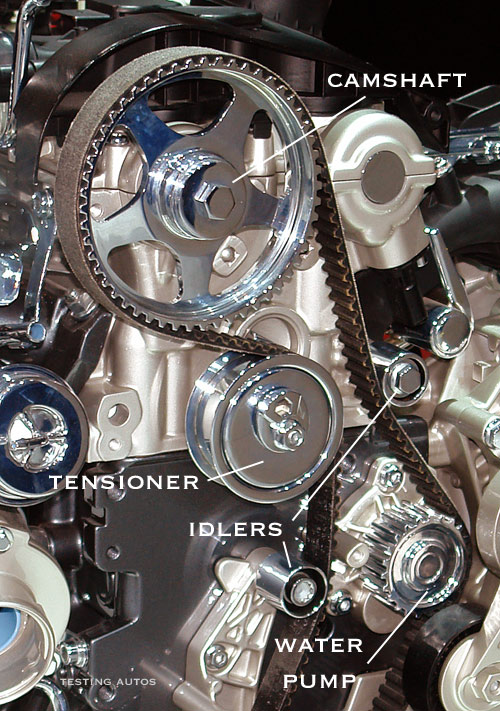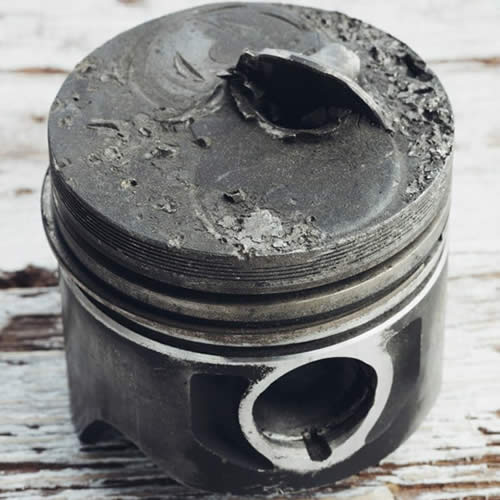Get Your Next Cambelt Replacement done by Affordable Auto Services.
Cambelts are critical for continual high performance of your vehicle and they need to be replaced – if a cambelt is worn down it could break or slip, damaging your engine.
Prevent major damage to your vehicle's engine by keeping your cambelt in good condition.

Book your vehicle in for a Cambelt Replacement
Contact us today
Cambelts wear out and eventually need to be replaced. How quickly depends on factors unique to you: your driving habits, type of vehicle and when and where you drive.
Belt wear is just like tyre wear, as you lose grip you lose traction, which makes the timing belt slip. This is more likely to happen during high load use (pulling a trailer/caravan) or in wet weather.
Book your vehicle in for a cambelt replacement
Contact us today

We offer a comprehensive cambelt replacement service - regular cambelt replacement is essential to keep your vehicle working optimally for safety and performance.
Our cambelt replacement includes the following:
Our technicians know cambelt systems inside and out and can perform cambelt replacements on any make and model.
We highly advise you to also replace water pump, tensioners, idlers and seals. This will add several hundred dollars to the bill but you will have peace of mind that these items will last to the next cambelt change.
To arrange for a cambelt check simply contact us to book your vehicle in.
Book your vehicle in for a cambelt replacement
Contact us today

Common Questions about Cambelt Replacements
A cambelt (or timing belt) is designed to drive your valve train assembly. Cambelt work to keep your engine in time with other engine components, stopping the valves and pistons from colliding with each other.
When a cambelt breaks the sequence is thrown out, the valve hit the pistons, bending the valves.
If the cambelt is not replaced at regular service intervals it could cause serious damage to your car.

When a cambelt breaks the engine timing sequence is thrown out, the valves hit the pistons, bending the valves and the engine is usually very badly damaged.
This can cause many thousands of dollars of repair work, and in many cases, it is more cost effective to put a second-hand engine in.
Replacing your cambelt will reduce the risk of it causing serious engine damage.

Due to the position of the cambelt, it is not a simple vehicle maintenance task like checking the level of your oil, therefore, getting your cambelt checked by and expert is highly recommended.
Replacing a cambelt or timing belt requires the removal of many parts from the front of the engine. In most cases the technician must remove the serpentine drive belts to the alternator, A/C compressor and power steering pump. The timing belt system can consist of a single belt or multiple belts. In a multiple belt system, one belt drives the camshafts and the other belt drives the balance shafts.
NZAA Article on cambelt replacements
Once the timing belt is removed, the bulk of the labour is already done for a water pump, camshaft, crankshaft seal replacement. We highly advise you to also replace water pump, tensioners, idlers and seals. This will add several hundred dollars to the bill but you will have peace of mind that these items will last to the next cambelt change.
With a new cambelt installed you will enjoy:
Check the 8 signs above and also do a visual inspection:
When buying a second hand car, always check the mileage on the cambelt by looking at the service record. Additionally ask when it was last replaced. If you cannot confirm this, it may be better to walk away. In any vehicle pre-purchase inspection, this is one of the most important things to note. Make certain you know the condition of your new car's cambelt.
If you are unsure of the age or condition of your cambelt - book in to get us to check your cambelt for you.
All vehicle manufacturers recommend the number of kilometres driven before replacement is required.
Most Japanese cars need the cambelt replaced every 100,000 km or every 5 years - whichever comes first. European vehicle cambelt replacements are sooner. Replace your cambelt at least as often as your owner's manual suggests.
Cambelt wear is just like tyre wear, as you lose grip you lose traction, which makes the timing belt slip. This is more likely to happen during heavy load use (pulling a trailer/caravan) and in wet weather.
"Love these guys, down to earth people, polite, excellent services... been taking my car here for everything for 5 years now"
"How often do you come across someone in the Automotive business willing to go that extra mile for a customer. Not often however, Affordable Automotive, friendly and a history to support any issues to do your vehicle. So call them and just maybe, they could have the answer you've been looking for to fix some ongoing problems. "
These guys know their stuff!!! Took for a drive and instantly told me what was wrong and quoted what it would cost.. Final cost was far less than quoted. Gave me a ride back to work and picked me up when it was ready.. Great team and 5 star customer service. Would definitely recommend..
For a free estimate on Cambelt / Timing Belt Replacement in Hamilton Contact us today. Book your vehicle in.